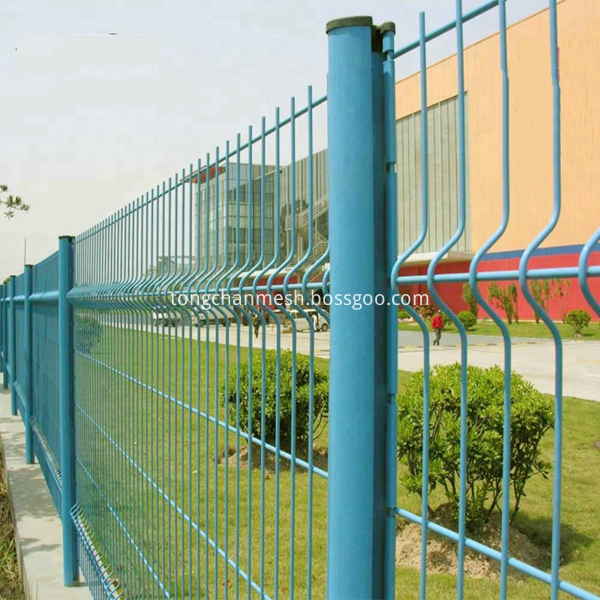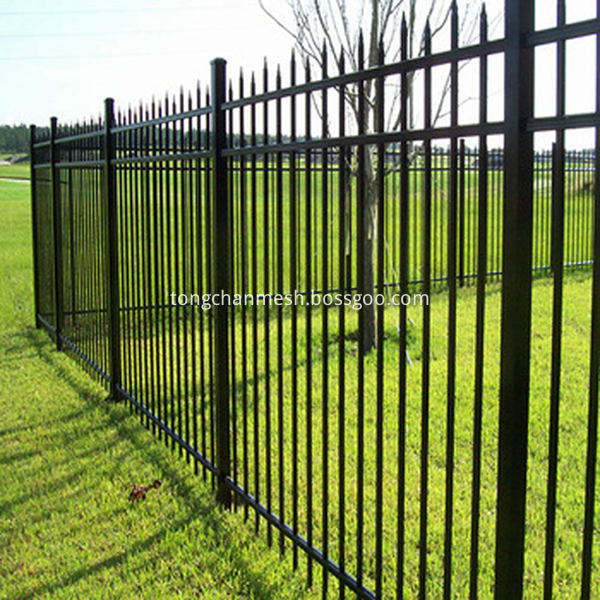October 16 is the 34th World Food Day. On the same day, the Food and Agriculture Organization of the United Nations (FAO) and the National Grain Administration released a data: 35% of the food produced in China each year is wasted, and the waste outside the table is as high as 70 billion jins. “The loss in grain threshing, drying, storage and transportation after grain harvesting in China is as high as 15%, far exceeding the 5% standard set by the UN Food and Agriculture Organization of the People's Republic of China.†Mao Hong, president of the China Agricultural Machinery Circulation Association, revealed on the 20th. Drying pods: Waste a Hubei Province's output every year “This is due to the fact that the grain harvested after the harvest due to the humid climate, too late to dry or fail to achieve safe storage of water, resulting in moldy germination and metamorphism ratio of 5%, plus the sun-burning loss, wasting astonishment! If calculated according to last year, the national production of 500 million tons of food It is a waste of 25 million tons, which is equivalent to the total grain output of Hubei last year!†In June of this year, Mao Hong “was surprising†in the “Hubei Province Grain Drying Equipment and Food Safety Forumâ€. It was during the autumn harvest season and on September 26th, the reporter saw in Sanfutan Town, Xiantao City that the roads in the town had been regarded as “sundry fields†by local farmers and turned into “golden highwaysâ€. Local farmers told reporters that the lack of space for dry autumn grain and the use of roads to eat grain is also a frustrating move. "Even if it's windy, it rains and it loses some, the mouse sparrow steals some food, impurities and dust are mixed with it, and they lose a lot!" Dry food is not easy, and in case of rainy weather, it is more likely to cause mildew damage. Wang Hongling, deputy director of the Provincial Department of Agriculture, introduced that in May 2009, the province's summer wheat harvest suffered a "bad rain," and the province's large-scale bumper harvest of fast-growing wheat germinated and mildewed, and its germination rate was as high as 60 to 70%. lost heavily. "If you can dry in place, you can avoid such losses!" Mao Hong told reporters that grain drying equipment can be dried in the shortest time near the grain, maintain grain quality, but also to avoid the farmers drying the road, causing pollution and Traffic hazards. "We must pay close attention to promoting grain drying mechanization technology, minimize the loss of foodstuffs, and consolidate the status of Hubei's grain production areas!" Wang Hongling believes that the development of grain drying mechanization is "immediately effective" for grain depletion and is an urgent need to ensure national food security. Calculate an economic account: mechanical drying is absolutely cost-effective “In the past two years, we have had no food wastage for drying equipment.†A few days ago, Liu Ligen, general manager of Hefeng Agricultural Corporation of Jiangling County, told reporters. Liu Ligen introduced that before rice was harvested, drying became a headache. Because there are no venues, farmers can only spread grain onto the highway. It is neither safe to beat grain on the highway, nor can grain quality be guaranteed. Especially in the Jianghan Plain, the summer harvest coincided with the rainy season and once it rained continuously, it suffered heavy losses. “We estimate that 18 million kilograms of grain will be dried this year. Not only will it not be affected by the site and the weather, and grain will not be contaminated with sand and dust!†Liu Ligen opened the door in contrast. “The implementation of grain machinery drying is absolutely worth it!†Deputy Director of the Provincial Bureau of Agricultural Machinery, Pi Shaocheng, calculated an economic account: Taking a paddy rice production area as an example, a dryer can reduce 20 tons of rice water from 30% to 16% a day. About the cost of more than 500 yuan. For artificial sun drying to the same level, 400 square meters of cement drying yard and 8 labors are needed to carry out the sun-drying for more than 3 days. The labor cost is 1200 yuan or more. Status Quo of Hubei: Great Disparity, Great Potential At the moment, many grain farmers are counting this economic account and have taken the drying step. Wu Huaping, chairman of Tianmen Huafeng Agricultural Cooperatives, said that Huafeng has invested 50 million yuan and its grain warehousing and drying base covering an area of ​​60 mu has been put into use. The daily drying of grain can reach 600 tons. "Not only let the grain go to the warehouse, but also provide services for the surrounding farmers!" Unfortunately, Hubei grain drying equipment still lags behind other major grain producing provinces. The reporter learned from the Provincial Bureau of Agricultural Machinery that there are nearly 1,000 sets of grain drying equipment in our province. The drying capacity only accounts for about 5% of the province's total grain output, lagging behind the national level of nearly 10%, and worse than Jiangsu, Shandong and other advanced provinces. Go further. "The dryness rate of grain machinery in developed countries exceeds 95%, while that in China is less than 10%. The annual output value of the drying machinery market in the country reaches 20 billion yuan. The drying rate of rice in Hubei is only 5%, which means that there is a big gap, and the market space is also large. Great.†Insiders believe. The relevant departments in our province have also seen such gaps and prospects and made corresponding policy arrangements. Pi Shaocheng disclosed that Hubei will start a batch of grain drying equipment in major grain-producing areas such as Jianghan Plain according to the “quantity of production†of grain output. In addition, the province’s agricultural machinery purchase subsidies will be tilted toward grain drying machinery. For cooperatives that have conditions for development and large grain producers, farms, etc. to purchase drying machinery, priority will be given to subsidy indicators, and the subsidy amount may reach 30%.
Metal Mesh fence structure is weaved or welded by low carbon steel wire, metal steel tube, or expended mesh with pvc coacted and fixed by the linking accessories and steel pipe. The fence netting has the feature of high strength, good steel natural capacity, wonderful shape, wild field of vision, The metal fence is very popular with projects of highway, railway, airport and other residential area.
Fence Netting, Deer Fence, Welded Wire Fence,Windbreak Fence, Airport Fence,Steel Fibric Fence Hebei TongChan Imp.&Exp.Co., Ltd. , https://www.tongchanmesh.com
